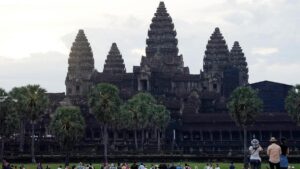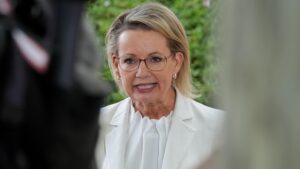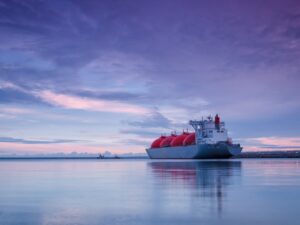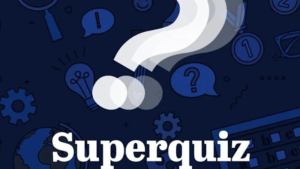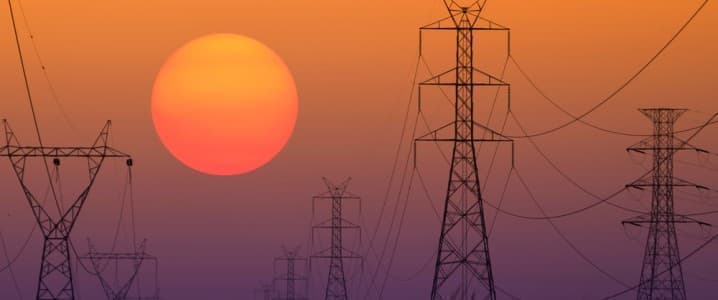
Asia is shifting its energy strategy as countries in the region turn to ammonia for power generation, particularly through co-firing methods that blend low-carbon ammonia with traditional coal or natural gas. In 2022, coal constituted a substantial 54% of Asia’s power mix, presenting a considerable obstacle to the region’s aspirations for net-zero emissions. According to Rystad Energy, nations such as China, Indonesia, Japan, and South Korea are poised to become pivotal centers in this transition.
Despite the enthusiasm for ammonia, a significant supply gap persists, with approximately 8.8 million tonnes per annum (Mtpa) of ammonia required to meet the 2030 targets. Decades of reliance on coal have left Asia lacking the necessary policy frameworks and market demand to drive investment in ammonia infrastructure. Countries like Japan and South Korea face additional hurdles, including limited natural gas resources and insufficient renewable capacity to support domestic production of clean ammonia. Consequently, they will likely need to import clean ammonia to replace coal as a baseload power source, ensuring energy security while keeping costs manageable.
The current economic landscape makes ammonia co-firing expensive. The high costs associated with low-carbon hydrogen production, ammonia conversion, and transportation contribute to this issue. Rystad Energy estimates that with a low-carbon hydrogen price of $5 per kilogram, translating to an ammonia price of $1,000 per tonne, the levelized cost of electricity for a 10% ammonia blend could be around 50% higher than that of coal-only generation. Addressing these costs will require innovation, economies of scale, and possibly the implementation of a meaningful carbon pricing system to make ammonia co-firing a viable option.
China’s Strategic Shift Towards Ammonia Co-Firing
While Japan and Indonesia have been early adopters of ammonia co-firing, China’s approach has been more decisive, integrating it into its National Development and Reform Commission (NDRC) 2024-2027 Action Plan. This strategic move mandates that new or upgraded coal plants must achieve a 50% reduction in emissions compared to 2023 levels by 2027. The plan includes a target of 10% co-firing of biomass and green ammonia, complemented by carbon capture, utilization, and storage (CCUS) technologies. If successful, this initiative could significantly contribute to China’s goals of peaking emissions by 2030 and achieving carbon neutrality by 2060.
Nevertheless, the implementation timeline raises questions. Given the scale of China’s coal power generation fleet, retrofitting existing plants for ammonia co-firing may take longer than the targeted two years. Inner Mongolia, with its abundant renewable resources, positions China favorably to produce low-carbon hydrogen and ammonia at scale. Recently, Envision Energy launched the world’s largest green ammonia plant in Chifeng, Inner Mongolia, with an initial capacity of 0.32 Mtpa and plans to expand to 1.5 Mtpa by 2028. This development could enhance China’s role as a reliable ammonia supplier for the region.
South Korea and Japan’s Commitment to Clean Hydrogen
South Korea is actively pursuing hydrogen as a power source, with the Ministry of Trade, Industry and Energy (MOTIE) preparing for its second clean hydrogen power generation auction, set for March 2024. Winning bidders must begin generating power using hydrogen or its derivatives, such as ammonia, by 2029, under a 15-year contract covering 3 terawatt-hours (TWh) of electricity. Although this represents a reduction of 3.5 TWh from the first auction, Rystad Energy indicates that producing this volume will still necessitate around 200,000 tonnes of low-carbon hydrogen annually.
The inaugural auction saw limited participation, with only six power plants entering, and just one plant meeting MOTIE’s criteria for evaluation, resulting in Korea Southern Power (KOSPO) being awarded 750 gigawatt-hours at its Samcheok power plant, representing merely 11.5% of the total volume offered. To encourage broader participation this year, MOTIE is introducing two innovative mechanisms: an exchange rate-linked settlement system and a hydrogen volume borrowing system. The new settlement approach aims to mitigate currency risk, while the borrowing system allows generators flexibility in managing hydrogen volumes.
Japan, having initially embraced ammonia co-firing, is making strides to secure a steady supply of low-carbon ammonia. The country has established contracts and attracted foreign investment to address domestic shortages, planning to import blue ammonia from the United States and green ammonia from China and India. Early next year, Japan is expected to announce the winners of its contract for difference program, which aims to bolster its ammonia-for-power ambitions and support its emissions targets.
As Asia embarks on this ambitious journey toward ammonia co-firing for power generation, the collective efforts of these countries will be critical in overcoming existing challenges and achieving a sustainable energy future.


